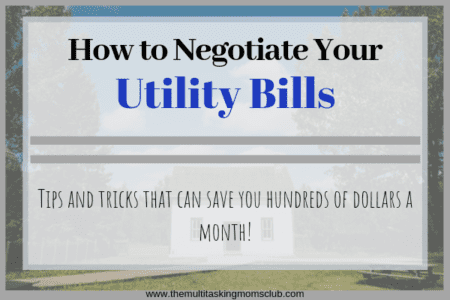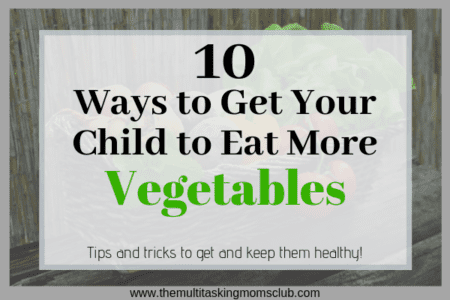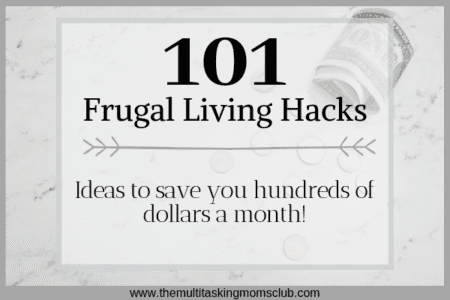Hi. My name is Stephanie and I am an elementary homeschool curriculum junky.
Actually, I am a recovering curriculum junky. By the time my children started high school we started to veer from standard curriculum altogether and began to create our own unit studies and deep dives. Most of my homeschool mom duties today revolve around creating curricula that works for us.
My 180 degree shift in thinking surprises no one on the planet more than me.
But, I digress.
As our homeschool has moved further and further from the use of traditional curricula, there are still a number of good programs that I have no problem recommending to my fellow homeschoolers.
Having seen virtually every elementary homeschool curriculum choice ever created (give or take a few!), I can tell you unequivocally that the perfect curriculum does not exist. On the other hand, there are many gems in the rough.
For me, the best curriculum books, workbooks, or programs meet or exceed the following criteria:
- They are affordable.
- They are easy for the homeschool parent to implement.
- They are full of good, useful content presented in an easy to follow format.
- They work for different learning styles.
- They actually get done by my finicky kids.
Here is a list of my favorite elementary homeschool curriculum.
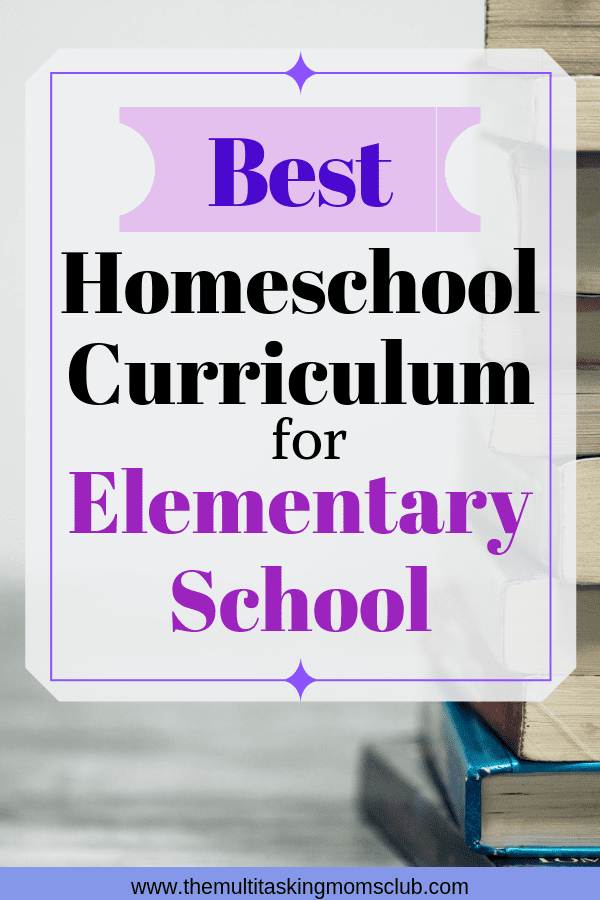
This post may contain affiliate links. Please see my Disclosure page for details. As an Amazon Associate I earn from qualifying purchases.
Explode the Code

The Explode the Code workbook series is one of the most well-known and loved phonics programs around. And for good reason. Each workbook is inexpensive and the exercises within are fun for children. There are teacher’s guides, as well, though you might get by without them.
How I use Explode the Code: I never used Explode the Code as a complete phonics program. Instead, I added these workbooks as supplements to other reading programs. I recommend starting with the Get Ready for the Code books as these teach your child the “formula” that the series uses.
Teach Your Child to Read in 100 Easy Lessons

I taught my eldest to read in Kindergarten using Teach Your Child to Read in 100 Easy Lessons. Because of family circumstances, I had to enroll my son in public school for 1st grade. He was light-years ahead of his peers in terms of his reading level. The school plugged him into an advanced reading program where he went to a second grade class every day for his reading lesson. Turns out, he was miles ahead of many of the second graders, as well!
If you read reviews of this book online you will find literally thousands of people singing its praises, but you will also find a few not so great reviews. True, my daughter did not have the success my son did after using this book, but she still plugged away at it and learned/retained at least some of the material. In my daughter’s case, using Teach Your Child to read along with Explode the Code workbooks and good, old-fashioned patience worked to get her reading.
It really is easy and really does have 100 lessons. Doing one lesson a day, you can finish this book in 3-4 months.
How I use Teach Your Child to Read in 100 Easy Lessons: After using this book with two children, I have figured out that it is best used only once your child is ready. How do you know your child is ready to learn to read? That’s a tough question. Sometimes they will tell you they want to learn. Sometimes you will know because they are interested in books – constantly flipping through them and staring at the pictures.
Even if you do not know if they are ready, go ahead and start them in this book. If it is not clicking with them, or if they do not seem to be retaining what they’ve learned in previous lessons on a day-to-day basis, simply put it away and come back to it in six months or so. That’s what I had to do with my daughter.
A Reason for Handwriting

I cannot say enough about the A Reason for Handwriting workbook series! I love the gentle handwriting instruction it provides and the copywork consisting of Bible verses is edifying and fun for the children. I still have a Rubbermaid container of copywork sheets my kids completed over the years with this series.
I have recommended this series to my non-homeschooling mom friends, as well. They were concerned not enough time was being spent in school teaching proper handwriting and, in many cases, their children were not being taught cursive at all.
This program teaches it all, from beginning printing of letters, to cursive. You can move your children from book to book at their own pace.
How I Use A Reason for Handwriting: I started both of my children in book K (for Kindergarten) and proceeded all the way through the cursive writing books.
Technically, A Reason for Handwriting has one workbook for each grade K-6. I skipped Book T (the transition from print to cursive) and regret doing so. It might have been easier for my children in the long run, but they still learned so much from the workbooks they did complete.
I may have bought the teacher’s guide to accompany the first book (I don’t remember), but this series can easily be used without the guide. The workbooks will probably be enough for you.
Story of the World

The Story of the World history series is my absolute favorite way to introduce history to elementary aged students. I even used Story of the World as my text when I taught elementary social studies at the homeschool co-op.
This series goes through world history chronologically with four books: The Ancient Times, The Middle Ages, Early Modern Times, and The Modern Age. There are student activity workbooks that go with each text, or you can add creative activities to go along with each chapter. Pinterest is filled with Story of the World activity ideas.
How I Use Story of the World: I cover one book a year, so as to spend a good amount of time exploring each chapter. We use Story of the World as a read-aloud and we go over the review questions in the Student Activity Book together. When I used this series for my co-op class, I would find neat craft projects or games to go along with each lesson.
Liberty Mathematics

This is hands down my favorite math for K-2! Liberty Mathematics is not exactly pretty – it doesn’t have lots of bright colors or pictures, but I think that works well to not overwhelm a young child’s senses.
It truly is a no nonsense approach to number families. It teaches a lot quickly, including addition, subtraction, telling time, carrying and borrowing, skip counting, and more.
How I use Liberty Mathematics: I introduced Liberty Mathematics in Kindergarten. Sometimes, I would have to sit with my children and help them understand what the lesson was asking them to do. They got the hang of it quickly. My son would even sneak the book off the shelf and work ahead in it! We used all three books – one book a year for K-2.
Easy Grammar

Easy Grammar is another perennial favorite in the homeschool community.
It takes a unique approach to teaching grammar in that it starts by introducing prepositions and prepositional phrases. It then moves to subject-predicate, then on to verbs, nouns, etc.
How I use Easy Grammar: Though Easy grammar has workbooks for each grade 1-12, I didn’t introduce grammar till upper elementary grades. We were able to jump into the specific grade level for each child, even though we skipped the early books.
I have used Easy Grammar in a number of ways over the years. At times, we used the Student Workbooks and the Teacher Text. Some years I did not use the Teacher Text and was able to teach directly from the Student Workbook.
Once I felt my children were solid in grammar, we would skip the Student Workbook and just use the Daily Grams (the review workbooks), but I would not do that until middle or high school.
Sequential Spelling

Sequential Spelling takes a unique approach to teaching children how to spell. It teaches from word families based on phonics blends. There is no set year to begin this program, but your child should already be reading at a second grade level and have a basic understanding of phonics rules.
How I use Sequential Spelling: Admittedly, I did not discover this program until my youngest was at the upper elementary stage. She was a horrendous speller and I was desperate to nip her spelling issues in the bud.
After much research, I found Sequential Spelling and I am sold on its approach and style!
The proof is in the pudding. Not only did my daughter’s spelling improve, but so did her reading and decoding skills. This is hands-on for the parent because you need to call out the words to your child every day and work with them directly. The student is instructed to write a word on a dry erase board or sheet of paper, then you correct the spelling (if it is incorrect) before moving on to the next word. My daughter used a Doodle Board for her lessons which made it all the more fun for her.
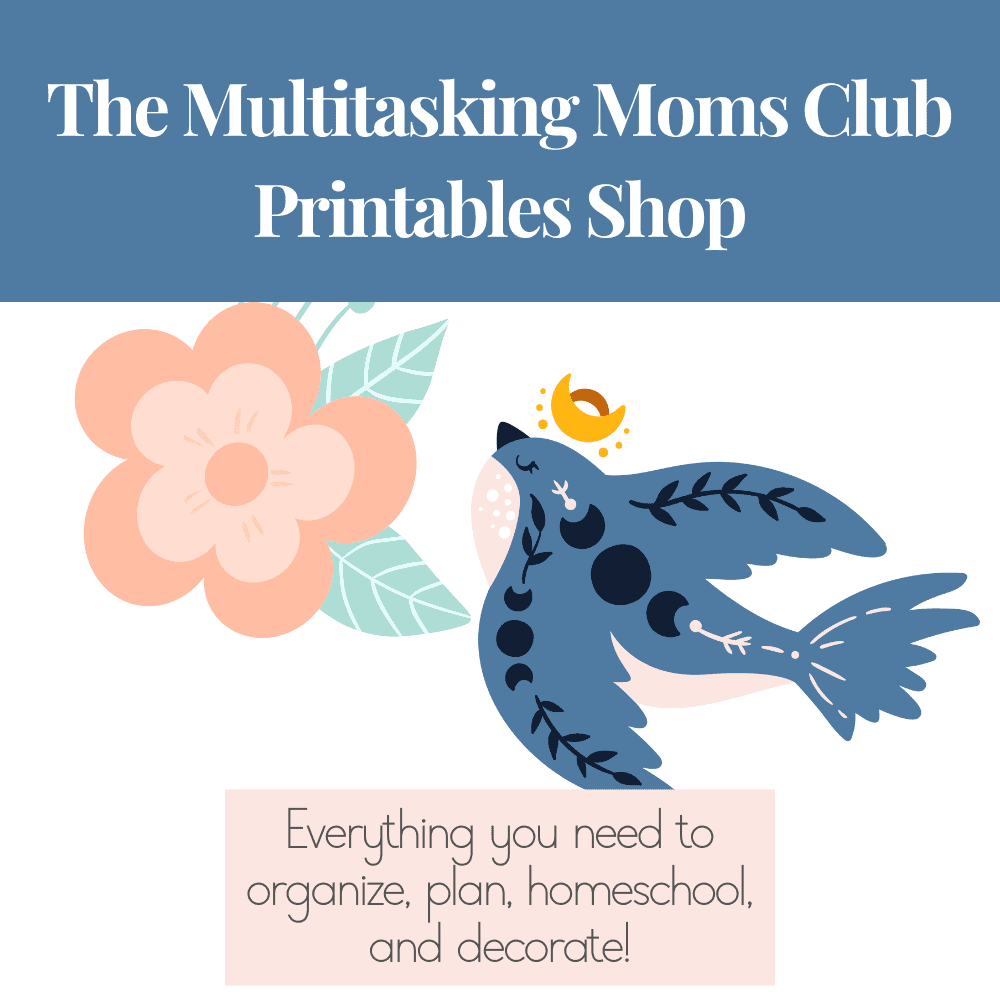
Mastering Essential Math Skills

After receiving a firm foundation in numbers from the Liberty Mathematics books, I found the Mastering Essential Math Skills books to be the perfect continuation for learning math.
I have veered to other math programs over the years including Saxon and Teaching Textbooks, because I thought they were “meatier” and because everyone raves about them.Ultimately, I found that much of the “meat” was just overbearing, long-winded explanations.
Note: Teaching Textbooks is better at getting to the point quickly than Saxon is.
The Mastering Math Essentials books are just so easy to use. Every lesson is one page long and every lesson is set up the same way – review questions, the introduction of a new concept, 10 practice questions, and one word problem.
Each lesson in the book also has a corresponding video lesson that is about 5-7 minutes long. Super easy to use.
How I Use Mastering Essential Math Skills: Because of this program, I now believe less is more when it comes to Math. We spent about 20 minutes a day working through a lesson. Actually, I should say my children spent 20 minutes a day working on their lessons. Because each lesson has a video lesson to watch, I really didn’t have to do much.
We just plugged away a little every day and their math knowledge grew from there. We started with Book One, then added the specific books (Fractions and Decimals, Geometry, etc.) as we saw fit.
None of these books take a full year to complete, so we went through some quickly and others more slowly. Keep in mind, your child will do best in Book One only if they already know their multiplication tables.
———————————————————————————————————-
Be sure to check out these posts in Homeschooling:
How to Homeschool for Free (or on the Cheap!)
The Best Places to Buy Homeschooling Curriculum



